The Non-Performing Loans (NPL) ratio of commercial banks in Nigeria jumped to 5.3% in April 2022 from 4.84% held in February 2022. This is according to data from the Central Bank of Nigeria.
The NPL ratio calculates the percentage of bank loans that are either not being serviced effectively or have gone bad entirely. Hence, the apex bank has stated that more work needs to be done to reduce NPLs below its prudential limit of 5.0%.
Meanwhile, the Capital Adequacy Ratio, which evaluates a bank’s balance sheet soundness, moderately increased to 14.6% in April 2022 from 14.5% in December 2021. This also shows that CAR is above its prudential limit.
What the CBN is saying
The apex bank said, “In the Banking System, the Capital Adequacy Ratio (CAR) and the Liquidity Ratio (LR) remained above their prudential limits at 14.6 and 43.7 per cent, respectively.”
The CBN stated that the banking system is stable but there is a need to address the increase in Non-performing loans.
The CBN said, “The Non-Performing Loan (NPL) ratio stood at 5.3 per cent in April 2022, compared with its prudential limit of 5.0 per cent, reflecting sustained stability in the banking system, though there remains a need to bring this down to the prudential limit.”
What you should know
- The NPL ratio is a critical metric for assessing the health of the banking system. If the NPL exceeds the prudential limit, it may suggest that commercial banks are carrying more underperforming loans than expected, owing to the private sector’s failure to service the loans.
- Capital Adequacy Ratio (CAR) is the proportion of the bank’s tier 1& tier 2 equity (Qualifying capital or Equity) as a proportion of its risk-weighted assets (loans). It is the proportion of a bank’s own equity in its risk exposure.
- The capital adequacy ratio (CAR) for banks in Nigeria currently stands at 10% and 15% for national/regional banks and banks with an international banking license, respectively.

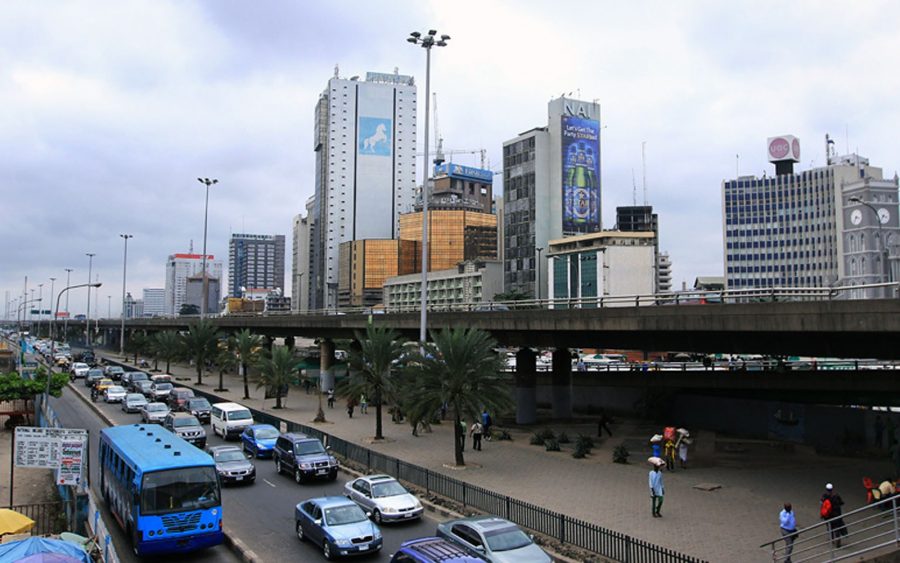







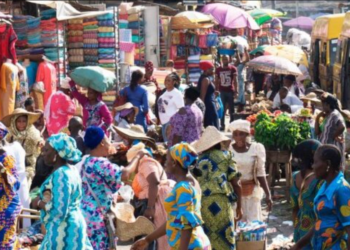

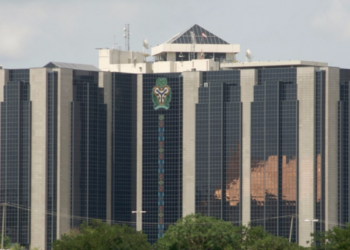
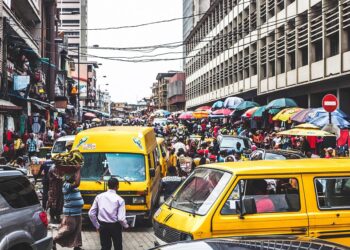
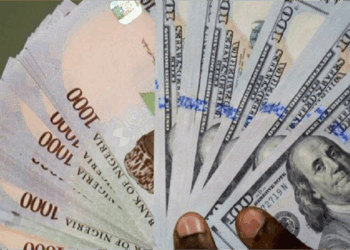












An interest rate raised, triggers monetary and fiscal policies activities.